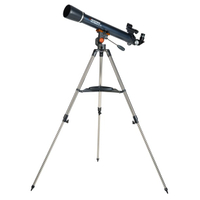Cyber Monday telescope deal: 33% off Celestron AstroMaster 70AZ
Save over $60 on the Celestron AstroMaster 70AZ in this Cyber Monday deal at Amazon — one of the best budget telescopes and ideal for beginners and children.
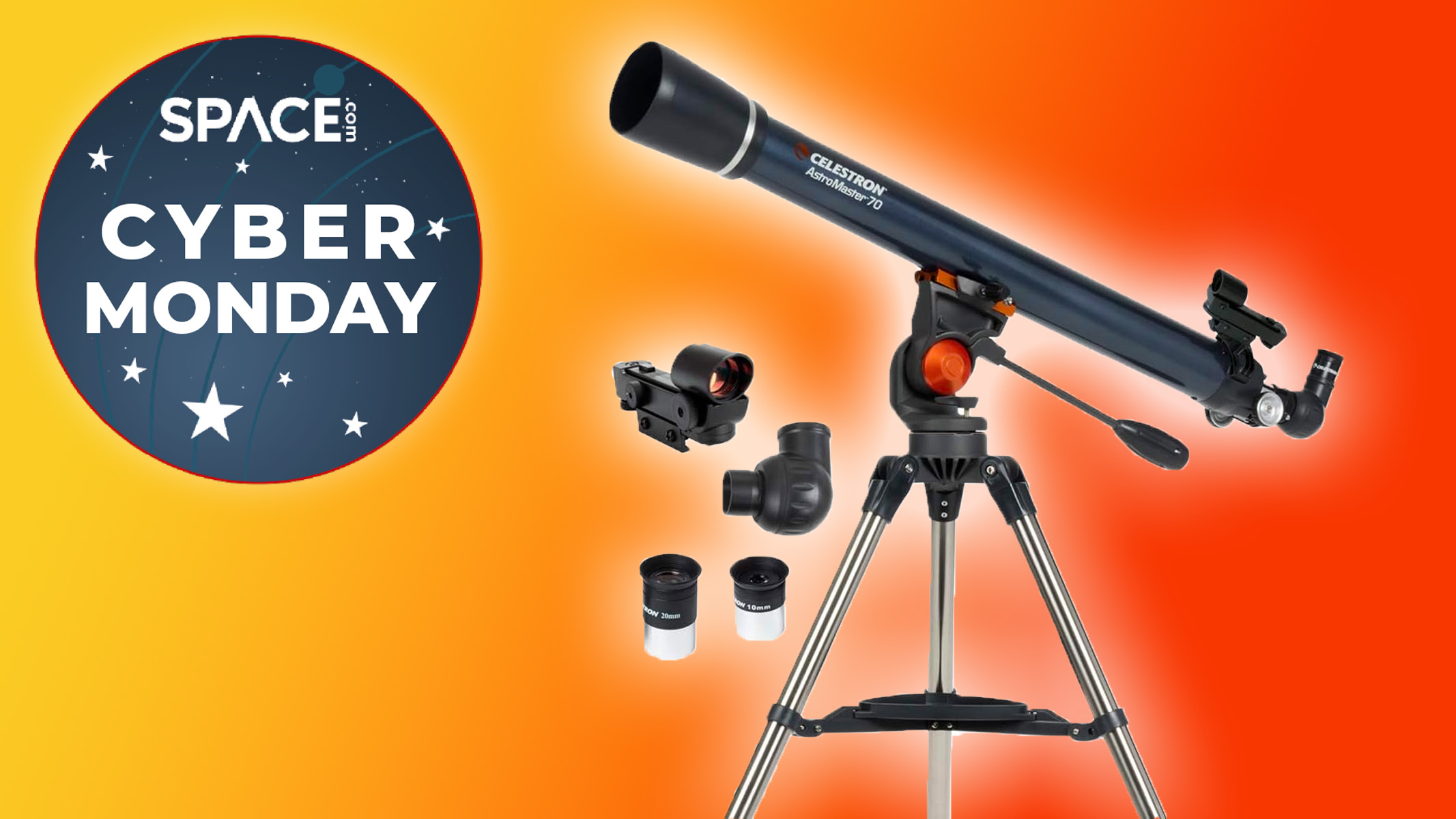
If you're looking for an affordable beginner telescope, the Celestron AstroMaster 70AZ is now down to $126.25 in this Cyber Monday deal at Amazon.
An ideal choice for budding skywatchers and beginners, the Celestron AstroMaster 70AZ is great for viewing planets and the moon and has a lightweight design with no awkward setup. If your kids are into astronomy, this would be a great gift without breaking the bank.
We reviewed the Celestron AstroMaster 70AZ last year, and although it's not going to impress seasoned skywatchers, we thought it produced natural-looking results of the planets and moon without any distracting 'false color' (chromatic aberration). It's certainly not one of the best telescopes for deep space, but if you only want to check out objects within our solar system on a budget, it's worth a go.
We named it as 'best for children' in our best budget telescopes buying guide, 'best for viewing planets' in best kids telescopes and gave it 3 out of 5 stars in our full review.
Celestron AstroMaster 70AZ was $189.95 now $126.65 at Amazon.
Save $63.30 on this budget telescope suitable for children and beginners. It comes ready to set up and go, and it's easy to assemble and take down with its lightweight frame. It's only really good for looking at the moon and planets, but it's an affordable option to start stargazing with.
- Read our Cyber Monday 2025 deals page for big discounts on space gifts
The deal includes a tripod with adjustable height, 10mm and 20mm eyepieces, star diagonal, finderscope and a download of Starry Night astronomy software. The 10mm eyepiece is great for powerful views with 90x magnification and the 20mm is ideal for wide-angle viewing at 45x magnification.
In our full Celestron AstroMaster 70AZ review, we noted how we found virtually no trace of false color, and it gave pleasing views of Saturn's rings and Jupiter's moons, although there was a small amount of glare from the planets. If this is all you want to view it for, then it'll suit you nicely, but for more variety in night sky views, you'll want to check out our best telescopes guide.
Beginners looking for a telescope they can grow with will want to take a look at our best beginner telescopes guide, while anyone looking for a telescope with better quality parts and optics will find something in our best telescopes for seeing planets guide.
Get the Space.com Newsletter
Breaking space news, the latest updates on rocket launches, skywatching events and more!
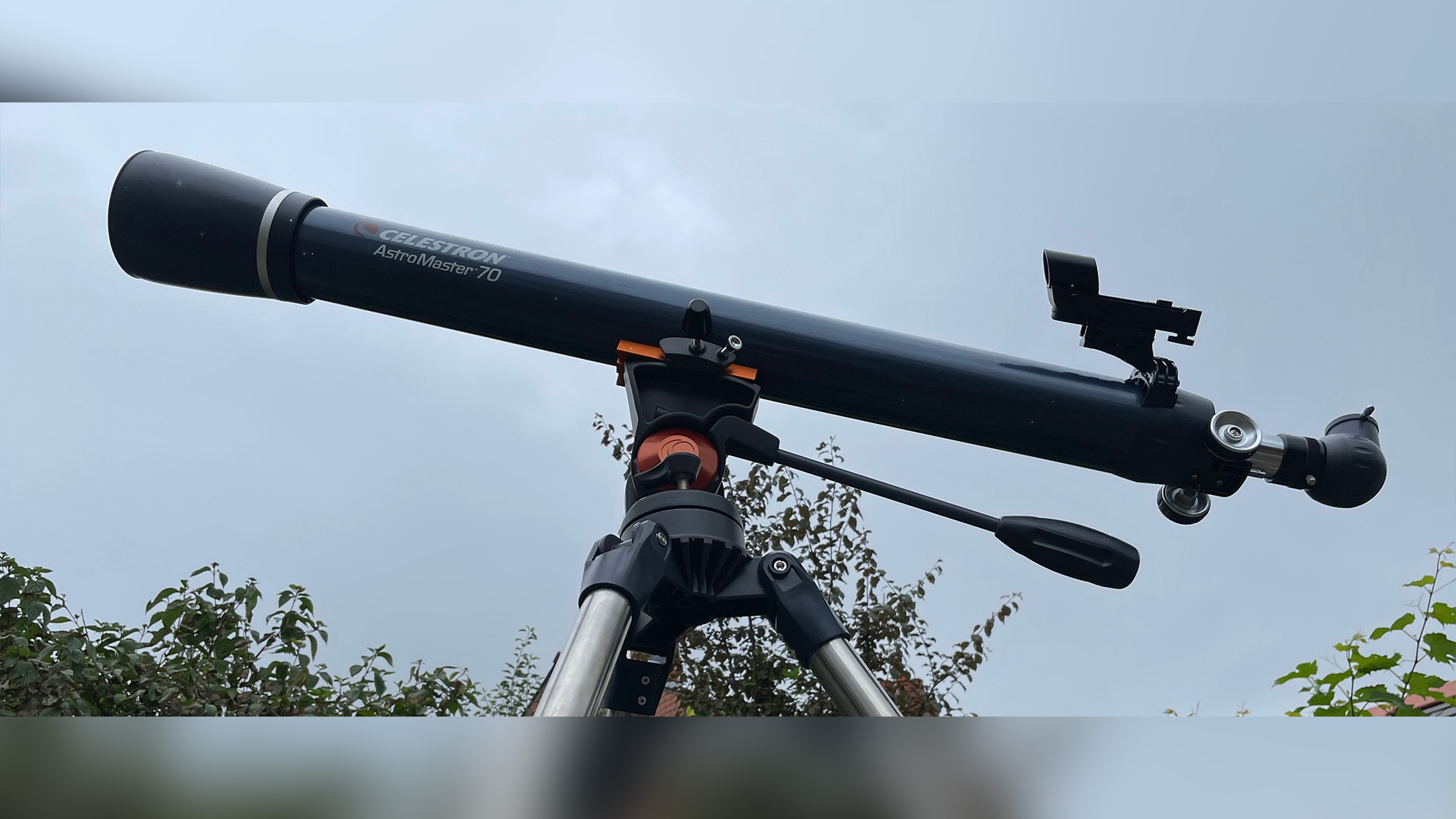


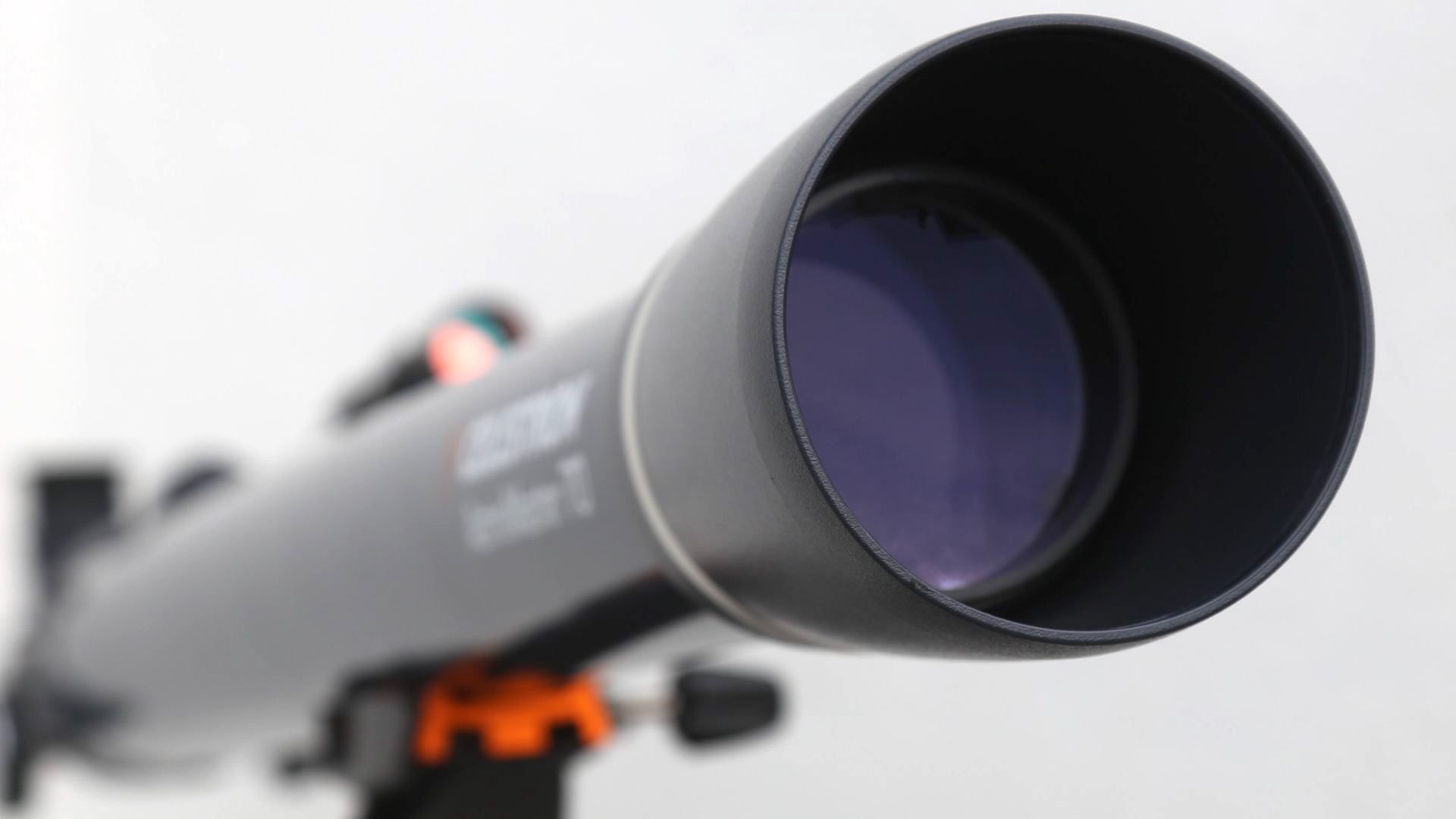

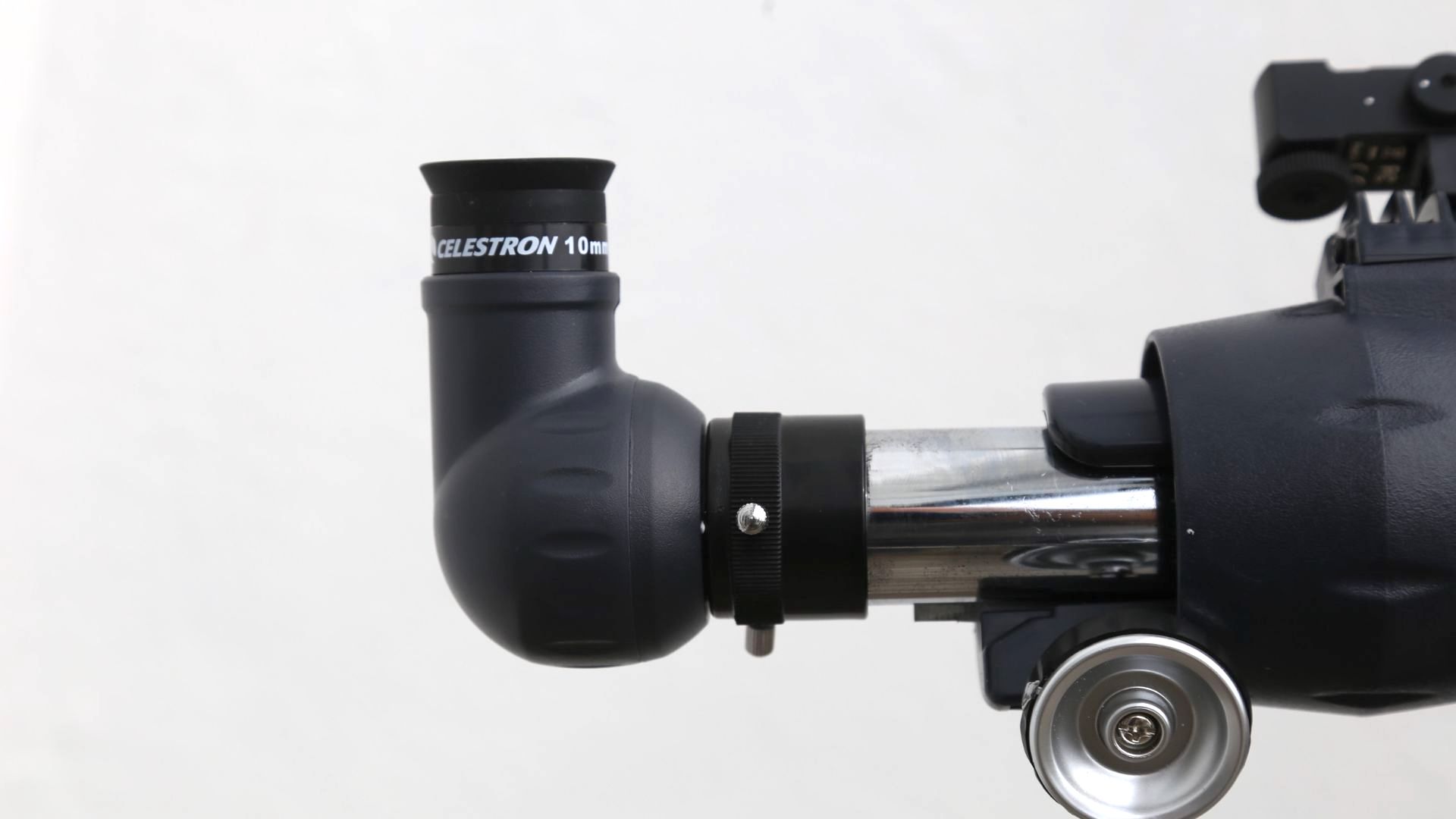
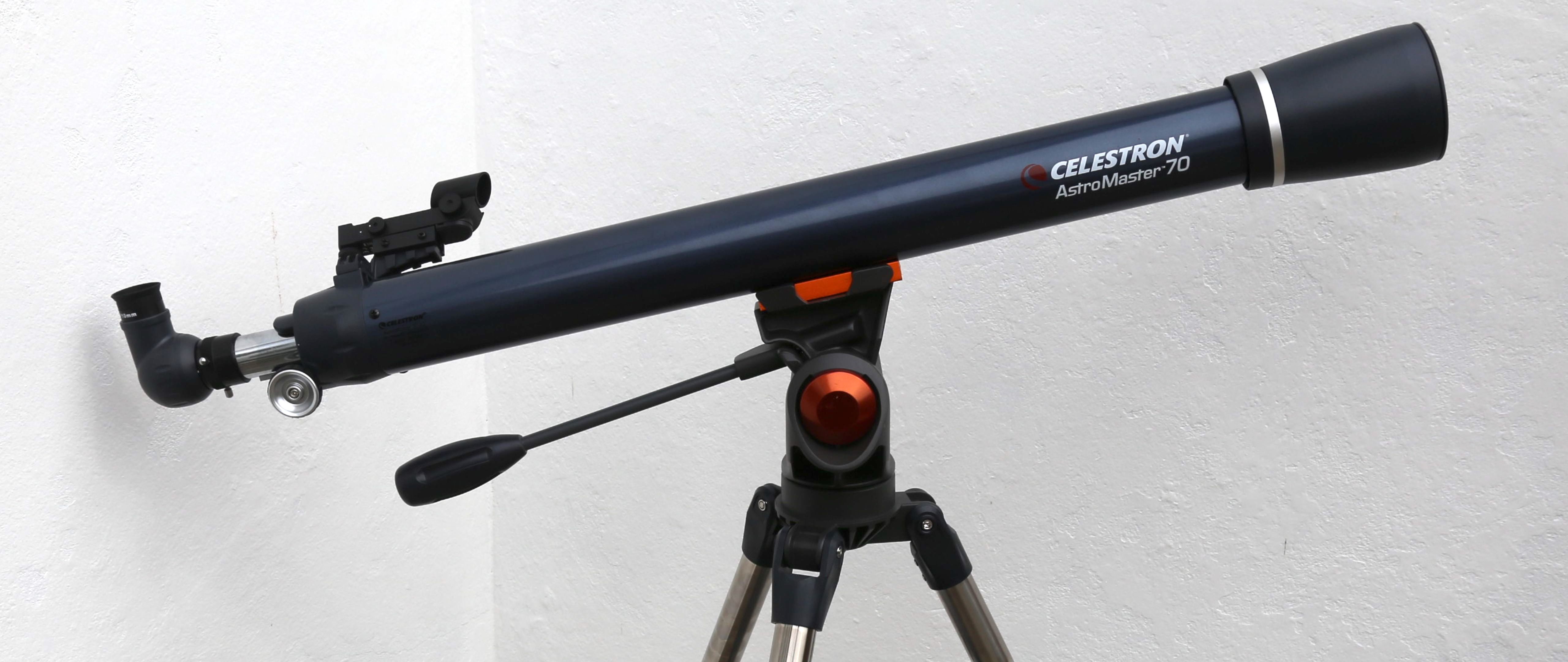
Key Specs: The 2.76-inch/70 mm aperture lets in enough light for pleasing views of the moon and planets in our solar system, with a focal length of 35-inch/900 mm and a focal ratio of f/13. The total kit weighs 7.6 lbs/3.44 kg so it's easy to carry, and has a manual altazimuth mount.
Consensus: This lightweight refractor uses its relatively long length to produce natural-looking views of planets and the moon, but for anything else it's underwhelming.
Buy if: You're on a budget or are buying for a child and aren't sure if they'll continue the hobby.
Don't buy if: You want it to last beyond beginner status — you'll likely outgrow it quickly.
Alternative models: If you want the best telescope on the market and have the budget for it, go for the Celestron NexStar 8SE — you won't be disappointed. For an impressive smart telescope, try the Unistellar Equinox 2, which is fantastic if you live in a light-polluted area.
Check out our Cyber Monday 2023 deals page for a roundup of the best discounts and deals on telescopes, binoculars, cameras, star projectors, drones, Lego and much more.
Join our Space Forums to keep talking space on the latest missions, night sky and more! And if you have a news tip, correction or comment, let us know at: community@space.com.

Kimberley Lane is a landscape & seascape photographer living in South Wales. Originally using photography as a way to cope with health issues, she aims to portray a feeling of calm and peace through her images. Her work has been featured in a number of national photography magazines.
